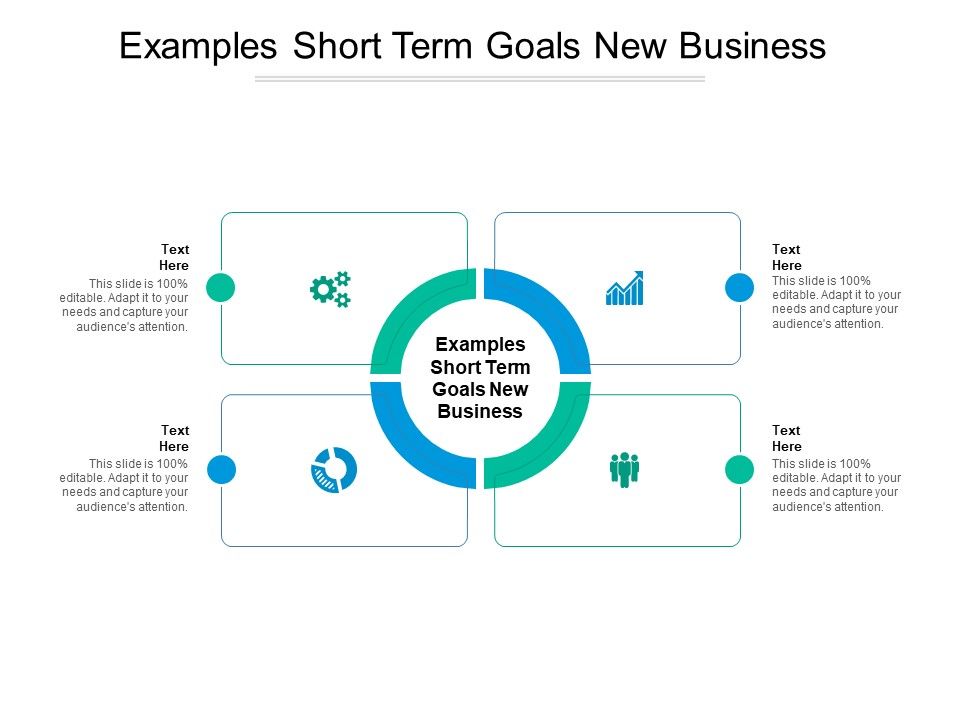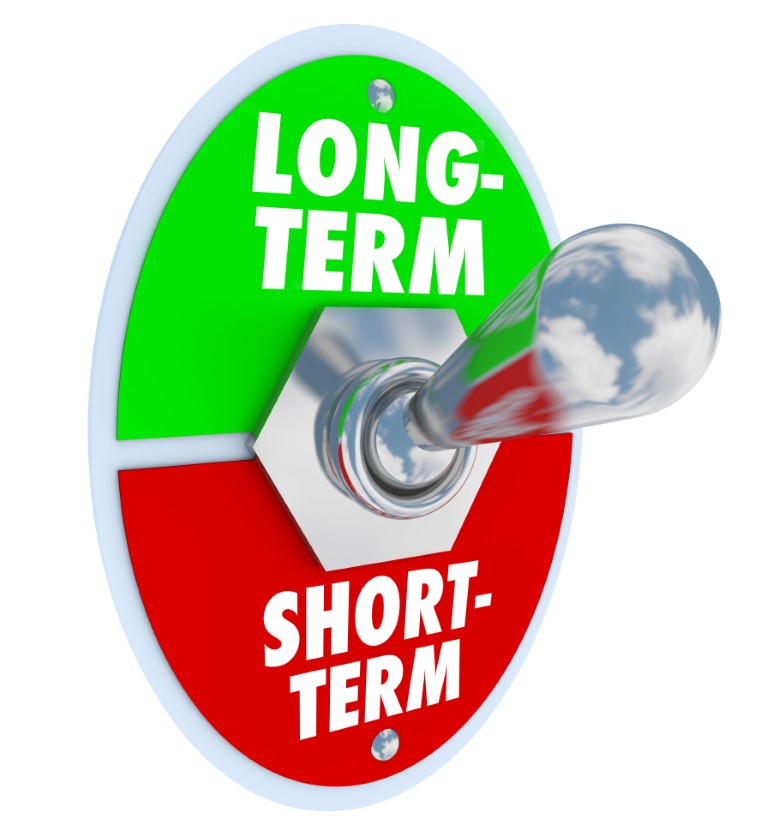

Problem-Solving: Problem-solving goals address a specific challenge.A process goal might involve establishing or improving workflows or routines, delegating responsibilities, or improving team skills. Process: A process goal, also called a day-to-day goal or an efficiency goal, is a goal to improve the everyday effectiveness of a team or company.A growth goal might involve increasing the number of employees, adding new verticals, opening new stores or offices, or generally expanding the impact or market share of a company. Growth: A growth goal is a goal relating to the size and scope of the company.Here are some common types of business goals: There are many types of business goals, including process goals, development goals, innovation goals, and profitability goals. SMART (specific, measurable, achievable, relevant, time-bound)Ī business goal is any goal that helps move an organization toward a desired result. Which Goal-Setting Framework Is Right for Your Organization? Framework Use the table below to compare the pros and cons of each goal-setting framework to help you decide which framework will be most useful for your business goals. KRAs function like a rubric for general progress and to help ensure that the team’s efforts have an optimal impact on the overall health of the business.Įxample KRA: Increase high-quality sales leads per sales representative. KRA: KRAs, or key result areas, refer to a short list of goals that an individual, department, or organization can work toward.These are best for long-term, visionary business goals.Įxample BHAG: We want to be the leading digital music service provider globally by 2030. While the idea of setting a BHAG might run contrary to a lot of advice about goal-setting, a BHAG can energize the team by giving everyone a shared purpose. BHAG: A BHAG, or a big hairy audacious goal, is an ambitious, possibly unattainable goal.This framework is excellent for ensuring that everyone is aligned on their goals.Įxample MBO: This quarter, we aim to decrease patient waiting times by 30 percent. When using MBO, managers work with employees to create specific, agreed-upon objectives and develop a plan to achieve them. MBO: MBO, or management by objectives, is a collaborative goal-setting framework and management technique.Then they select key results, or standardized measurements of success or progress.Įxample Objective: We aim to increase the sales revenue of our online store.Įxample Key Result: Make $200,000 in sales revenue from the online store in June. In order to use OKRs, a team or individual selects an objective they would like to work toward. OKR: Another popular approach is to set OKRs, or objectives and key results.

Ensuring that your goals meet SMART goal criteria is a tried and true way to increase your chances of success and make progress on even your most ambitious goals.Įxample SMART Goal: We will increase the revenue from our online store by 5 percent in three months by increasing our sign-up discount from 25 to 30 percent. This is probably the most popular method for setting goals.

ENGAGE 2023 Smartsheet ENGAGE brings together our global customers, experts, and partners to share their experiences, ideas, and best practices.

Smartsheet events Your hub for Smartsheet events, webinars, Q&As, and user groups.Partners Learn about the Smartsheet partner program and access our partner directory.Community Explore user-generated content and stay updated on our latest product features.Help and Learning A comprehensive knowledge base, including articles, tutorials, videos, and other resources that cover a range of topics related to using Smartsheet.Content Center Articles and guides about project management, collaboration, automation, and other topics to help you make the most of the Smartsheet platform.


 0 kommentar(er)
0 kommentar(er)
